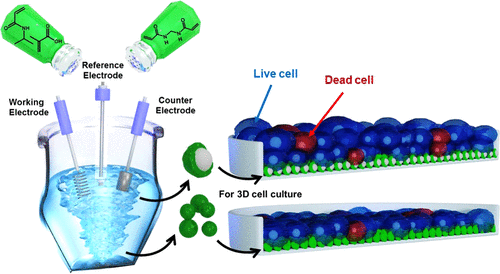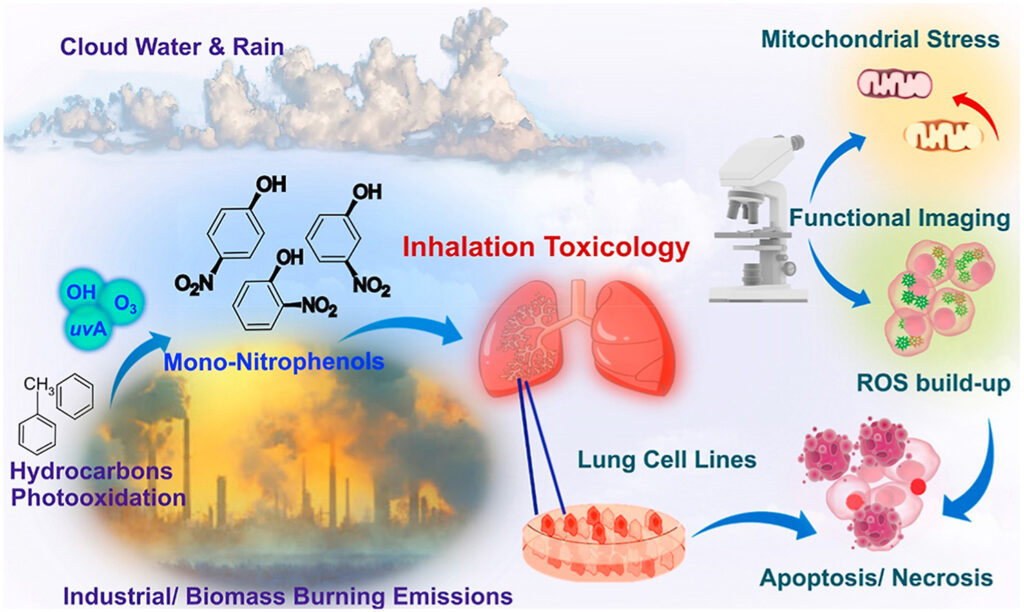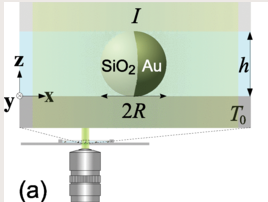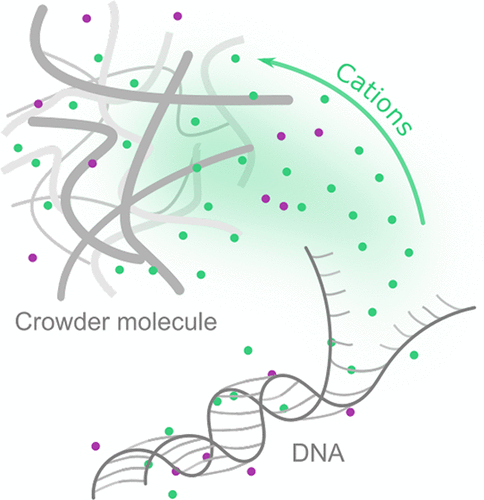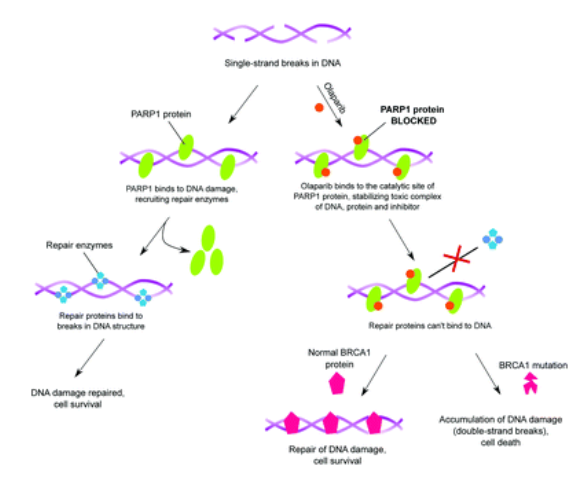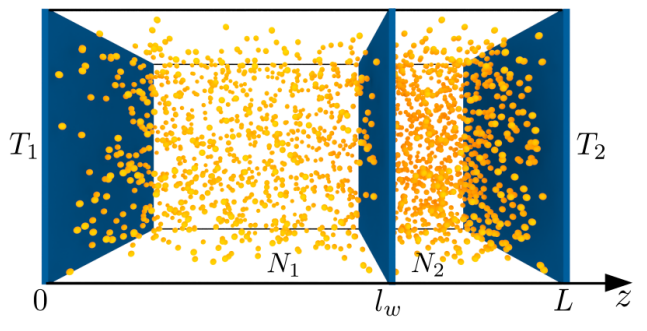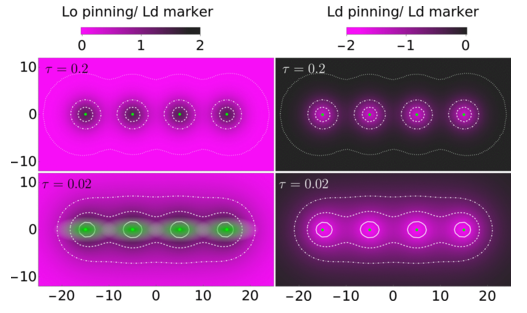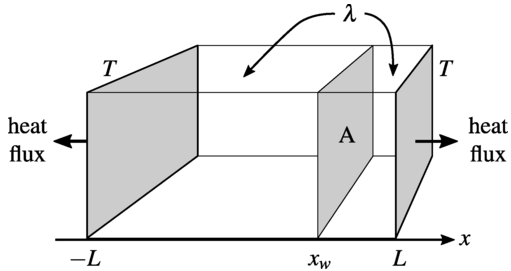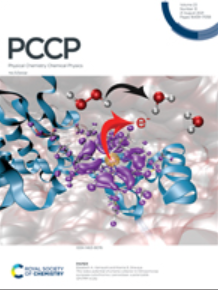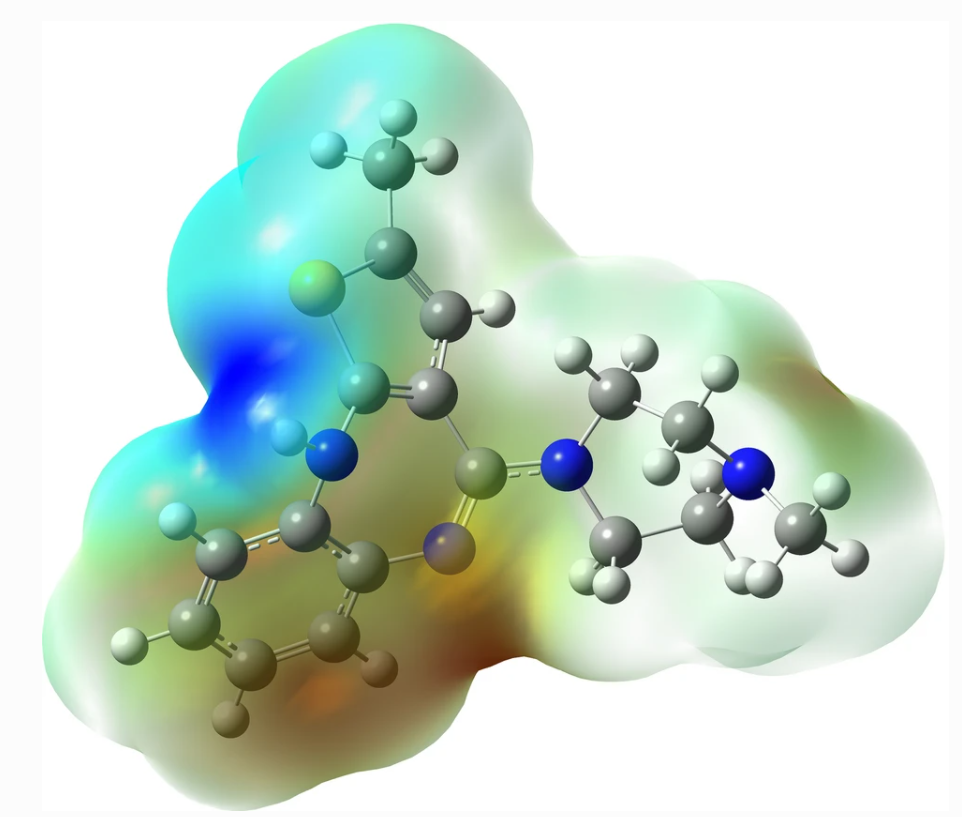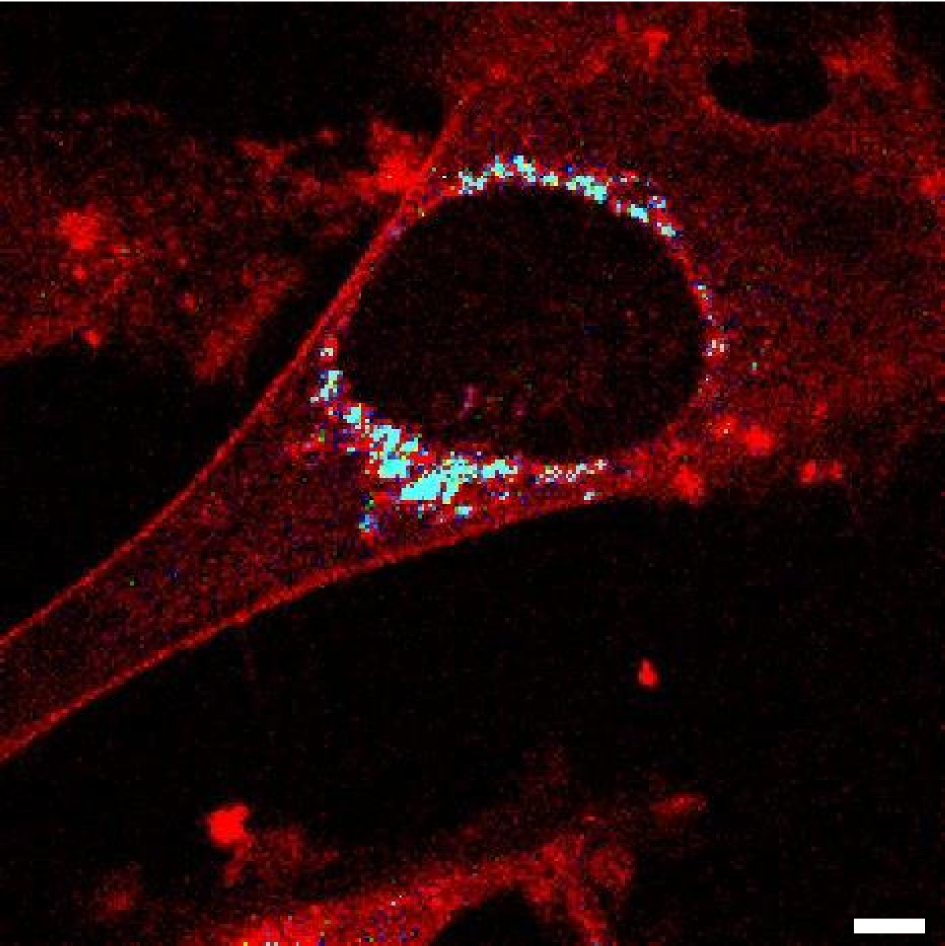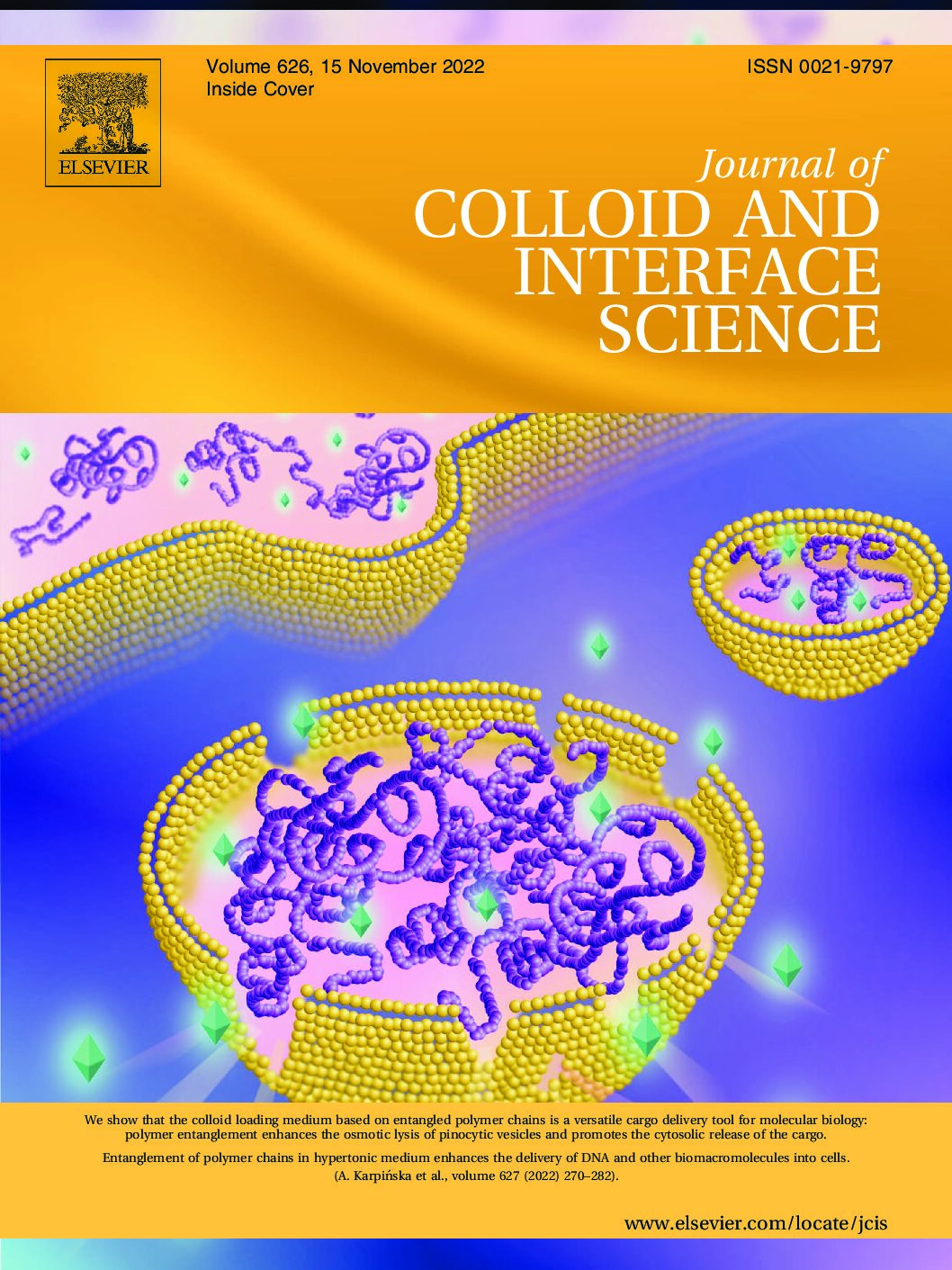
Entanglement of polymer chains in hypertonic medium enhances the delivery of DNA and other biomacromolecules into cells
A. Karpińska, A. Zgorzelska, K. Kwapiszewska, R. Hołyst
Journal of Colloid and Interface Science, Volume 627, December 2022, Pages 270-282
Most experimental procedures applied in modern biology involve cargo delivering into cells. One of the ways to cargo introduction is osmotic-mediated intracellular vesicle swelling. However, its widespread use was hindered due to cargo size (<10 nm) and cell-type-related restrictions. We addressed the issue of the composition of colloidal loading solution to enhance the efficiency of cellular delivery. We examined the effectiveness of colloidal loading solutions of varied compositions, including various types and sizes of polymers building osmotic pressure. We used confocal imaging coupled with fluorescence correlation spectroscopy to evaluate the introduction of polymers, proteins, nanoparticles, and DNA plasmids (cargos of sizes 1–175 nm) to cells representing eight cell lines: cancer, normal, epithelial, and mesenchymal ones. We found that cellular delivery effectiveness strongly correlates with the size and concentration of osmotic pressure building polymers and not with the high value of the osmotic pressure itself. We show that polymer solutions at the entangled regime of concentrations enhance the delivery of large biomacromolecules even of size 200 nm (DNA plasmids) into cells, including MDA-MB-231 cells – so far resistant to the osmotic procedure. We show that the colloid loading medium based on entangled polymer chains is a versatile cargo delivery tool for molecular biology.

